Home>Gardening & Outdoor>Landscaping Ideas>What Animals Eat Grass
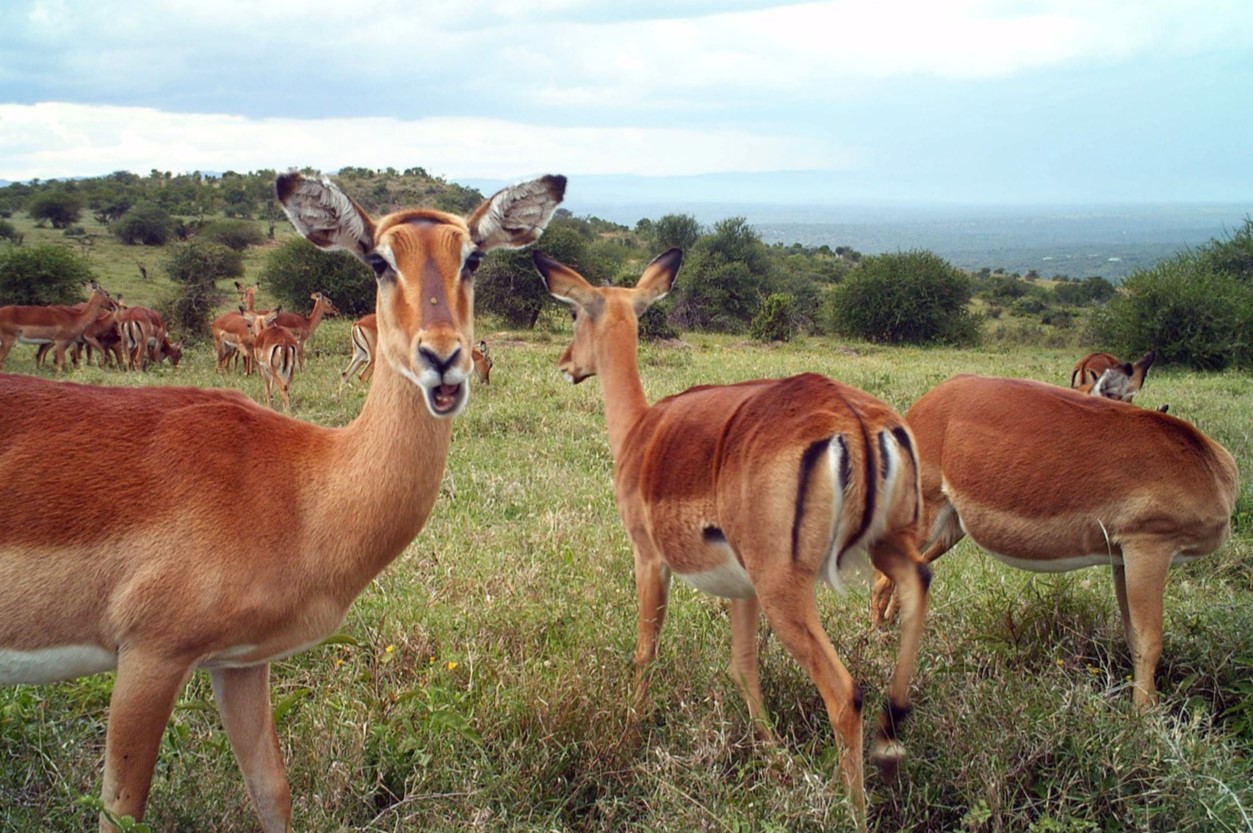

Landscaping Ideas
What Animals Eat Grass
Modified: August 17, 2024
Discover the best landscaping ideas for creating a lush green space. Learn about what animals eat grass and how to maintain a healthy lawn ecosystem.
(Many of the links in this article redirect to a specific reviewed product. Your purchase of these products through affiliate links helps to generate commission for Storables.com, at no extra cost. Learn more)
Introduction
Welcome to the fascinating world of animals and their dietary habits. Have you ever wondered what animals eat grass? It’s a question that leads us into the diverse and intricate relationships between different species and their environments. From the mighty African elephant to the petite grasshopper, many creatures rely on grass as a primary food source. Exploring the reasons behind this dietary choice unveils a captivating tapestry of ecological interdependence, evolutionary adaptations, and nutritional significance. Let’s embark on a journey to understand why animals eat grass and how this simple plant sustains a myriad of life forms across the globe.
Key Takeaways:
- Animals, including elephants and grasshoppers, eat grass for nutrition and medicinal benefits, showcasing the interconnectedness of all living organisms within ecosystems.
- Grass provides essential nutrients and fiber for animals, influencing food webs and contributing to the ecological balance within terrestrial ecosystems.
Read more: What Animals Eat Sunflower Seeds
Herbivores
Herbivores are animals that primarily consume plants, including grasses, leaves, and other vegetation. They play a crucial role in ecosystems as they are essential for controlling plant growth and dispersing seeds. When it comes to grazing on grass, herbivores exhibit a wide range of feeding behaviors and digestive adaptations.
One of the most iconic grass-eating herbivores is the African savanna elephant. These majestic creatures can consume hundreds of pounds of grass and other vegetation each day, relying on their efficient digestive system to process the fibrous plant matter. Additionally, herbivorous mammals such as zebras, giraffes, and bison are known for their ability to extract nutrients from grass through specialized digestive processes.
Herbivorous insects, such as grasshoppers and caterpillars, also play a significant role in consuming grasses. Their feeding habits contribute to nutrient cycling and energy flow within ecosystems, demonstrating the interconnectedness of all living organisms.
Understanding the dietary preferences and feeding strategies of herbivores provides valuable insights into the delicate balance of nature and the intricate web of relationships that sustain life on our planet.
Carnivores
While the image of a lion hunting its prey on the African savanna may immediately come to mind when thinking of carnivores, it’s important to recognize that many carnivorous animals also consume grass as part of their diet. These unexpected grass-eating behaviors shed light on the diverse feeding habits of carnivores and their nutritional needs.
For instance, domestic cats, despite being obligate carnivores, are known to consume grass to aid in digestion and to obtain certain nutrients. The ingestion of grass can assist in regurgitating indigestible matter and provide essential fiber in their diet, showcasing the adaptive nature of carnivorous animals.
Furthermore, some species of birds of prey, such as hawks and owls, have been observed consuming grass, often as a result of consuming herbivorous prey that already contains plant matter in their stomachs. This indirect consumption of grass highlights the interconnectedness of food webs and the transfer of nutrients across different trophic levels.
While carnivores primarily rely on animal protein for their energy needs, their occasional consumption of grass underscores the complexity of dietary behaviors in the animal kingdom. It also emphasizes the role of grass as a source of supplemental nutrition and digestive aid, even for animals classified as carnivores.
By examining the varied dietary habits of carnivores, we gain a deeper understanding of the interconnected relationships between different species and the role of grass in sustaining diverse ecosystems.
Omnivores
Omnivores, as the name suggests, have a diverse diet that includes both plant and animal matter. This broad dietary spectrum often encompasses the consumption of grass and other vegetation alongside meat, fruits, and other food sources. The omnivorous feeding behavior reflects the adaptability and versatility of these animals in obtaining essential nutrients from a wide range of sources.
Bears are a classic example of omnivorous animals that consume grass as part of their diet. From grizzly bears to black bears, these formidable creatures forage for grasses, roots, and berries in addition to hunting for fish and small mammals. The inclusion of grass in their diet provides vital micronutrients and fiber, contributing to their overall health and digestive well-being.
Moreover, omnivorous birds, such as chickens and crows, also exhibit a diverse dietary intake that may include grass and seeds. Their ability to switch between plant-based and animal-based foods showcases their adaptability in utilizing various food resources available in their habitats.
The omnivorous diet is a testament to the flexibility and resourcefulness of these animals in acquiring essential nutrients from a wide array of sources. By incorporating grass into their diet, omnivores demonstrate their ability to thrive in diverse environments and adapt to changing food availability throughout different seasons.
Understanding the dietary habits of omnivores provides valuable insights into the ecological roles of these adaptable animals and their impact on the ecosystems they inhabit. It also underscores the significance of grass as a component of the omnivorous diet, contributing to the intricate balance of nature’s food web.
Grass-eating Behavior
The behavior of animals consuming grass, whether they are herbivores, carnivores, or omnivores, is a fascinating aspect of their ecological interactions and nutritional strategies. The act of eating grass can serve various purposes beyond basic sustenance, encompassing digestive aid, nutrient acquisition, and even medicinal benefits.
Many herbivorous animals exhibit selective grazing behavior, choosing specific grass species based on their nutritional content and palatability. This selective feeding helps them meet their dietary requirements while avoiding potentially harmful or indigestible plant species. Additionally, herbivores may engage in grazing patterns that promote the regrowth and sustainability of grasslands, contributing to the overall health of the ecosystem.
For carnivores and omnivores, grass consumption may serve as a mechanism for aiding digestion, eliminating parasites, or obtaining essential nutrients. The deliberate ingestion of grass, known as zoopharmacognosy, is observed in various species as a means of self-medication to alleviate digestive discomfort or to supplement their diet with additional fiber and nutrients.
Furthermore, the consumption of grass by animals can have cascading effects on the environment. Grazing activities can influence the structure and composition of plant communities, leading to changes in the abundance and distribution of grasses and other vegetation. This, in turn, impacts the availability of food and habitat for a wide range of organisms within the ecosystem.
Observing the grass-eating behavior of animals provides valuable insights into their dietary preferences, physiological needs, and ecological roles. It underscores the intricate interplay between species and their environment, highlighting the interconnectedness of all living organisms within a given ecosystem.
Exploring the nuances of grass consumption among different animal groups enriches our understanding of the complex relationships and dependencies that shape the natural world, offering a glimpse into the remarkable adaptations and behaviors that have evolved over millennia.
Some animals that eat grass include cows, sheep, horses, and goats. These animals are known as herbivores, which means they primarily eat plants like grass for their nutrition.
Read more: What Do Mice Eat In The Attic
Nutritional Benefits of Grass
Grass, often perceived as a ubiquitous and unassuming plant, holds significant nutritional value for a wide array of animals across the animal kingdom. Its composition, rich in essential nutrients and fiber, plays a pivotal role in sustaining the health and vitality of herbivores, carnivores, and omnivores alike.
From a nutritional standpoint, grass serves as a vital source of energy, providing carbohydrates in the form of cellulose and hemicellulose, which are essential for fueling the metabolic processes of herbivorous animals. Additionally, grass contains a spectrum of micronutrients, including vitamins and minerals, that contribute to overall health and physiological functions.
For herbivores, grass represents a primary source of dietary fiber, which aids in digestion and promotes gut health. The fibrous nature of grass provides bulk in the digestive tract, facilitating the movement of food and enhancing the absorption of nutrients. Furthermore, the diverse array of grass species offers varying nutrient profiles, allowing herbivores to obtain a balanced diet that meets their specific nutritional requirements.
Carnivores and omnivores also benefit from the nutritional components of grass, particularly when consumed as part of their diet. The ingestion of grass can aid in the elimination of indigestible matter from the digestive system, acting as a natural cleanser and promoting gastrointestinal health. Additionally, the presence of certain phytochemicals in grass may confer medicinal benefits, serving as a natural remedy for digestive disturbances and parasitic infections.
Moreover, the nutritional benefits of grass extend beyond individual animals to encompass the broader ecological context. Grasses play a crucial role in supporting diverse food webs, providing sustenance for herbivores and influencing the abundance of prey for carnivorous species. The availability of nutrient-rich grasslands contributes to the overall biodiversity and ecological balance within terrestrial ecosystems.
Understanding the nutritional benefits of grass sheds light on its significance as a foundational element in the diets of numerous animal species. It underscores the intricate relationship between plants and animals, highlighting the essential role of grass in sustaining the health and well-being of diverse organisms across different trophic levels.
How Animals Digest Grass
The digestion of grass presents a unique set of challenges and opportunities for animals, particularly herbivores, due to its fibrous composition and complex cellular structure. The process of breaking down grass and extracting nutrients involves specialized digestive adaptations that vary across different animal species, reflecting their evolutionary responses to this essential food source.
Herbivores have evolved intricate digestive systems to effectively process and extract nutrients from grass. Ruminant animals, such as cattle, deer, and sheep, possess multi-chambered stomachs that facilitate a complex digestive process known as rumination. This process involves regurgitating partially digested grass, known as cud, and re-chewing it to further break down the fibrous plant material and enhance nutrient extraction.
Non-ruminant herbivores, including horses and rabbits, rely on hindgut fermentation to digest grass. In their large cecum or colon, specialized microorganisms break down the cellulose and hemicellulose present in grass, enabling the host animal to derive energy and nutrients from these otherwise indigestible components.
For carnivores and omnivores that consume grass as part of their diet, the digestive process differs from that of herbivores. While these animals may not possess the specialized adaptations for grass digestion seen in herbivorous species, the ingestion of grass can aid in the mechanical breakdown of food and provide additional fiber to support digestive health.
Furthermore, the presence of certain enzymes and microorganisms in the digestive tracts of animals plays a crucial role in breaking down the complex carbohydrates found in grass. These symbiotic relationships between animals and their gut microbiota contribute to the efficient utilization of grass-derived nutrients and the maintenance of digestive equilibrium.
Understanding the diverse mechanisms through which animals digest grass illuminates the remarkable adaptations and physiological processes that have evolved to accommodate this fundamental dietary component. It underscores the intricate interplay between animals and their food sources, highlighting the remarkable strategies that have emerged to harness the nutritional potential of grass within the animal kingdom.
Adaptations for Eating Grass
The consumption of grass has driven the evolution of remarkable adaptations in animals, shaping their anatomical, physiological, and behavioral characteristics to optimize the utilization of this essential food source. These adaptations reflect the diverse strategies employed by herbivores, carnivores, and omnivores to effectively consume and derive nutrients from grass, underscoring the dynamic interplay between species and their ecological niches.
Herbivores have developed specialized dental structures and chewing mechanisms to process fibrous grass efficiently. For instance, the high-crowned, ridged molars of herbivorous mammals enable them to grind and break down tough grass fibers, facilitating the mechanical breakdown of plant material before digestion. Additionally, the elongated and complex digestive tracts of herbivores provide ample time and space for the fermentation and extraction of nutrients from grass through microbial symbiosis.
Some herbivorous animals, such as the koala, have evolved a selective feeding behavior and physiological adaptations to detoxify and metabolize the secondary compounds present in certain grass species. This ability to discriminate between different grass types and mitigate potential toxins highlights the intricate coevolutionary dynamics between herbivores and their plant food sources.
For carnivores and omnivores that include grass in their diet, adaptations for consuming grass may include specialized behaviors, such as grass ingestion for digestive aid or the selective consumption of specific grass species known for their medicinal properties. These adaptive behaviors demonstrate the nuanced ways in which animals leverage grass as a functional component of their dietary and physiological strategies.
Furthermore, the ecological impact of grass-eating adaptations extends beyond individual animals to encompass broader ecosystem dynamics. Grazing activities by herbivores can influence the structure and composition of grasslands, shaping the availability of food and habitat for a myriad of species and contributing to the overall resilience and diversity of terrestrial ecosystems.
By examining the diverse adaptations for eating grass across different animal groups, we gain a deeper appreciation for the intricate evolutionary processes that have shaped the relationships between animals and their food sources. These adaptations underscore the remarkable capacity of animals to thrive in diverse ecological niches and exemplify the dynamic interplay between diet, anatomy, and ecological interactions within the natural world.
Conclusion
The exploration of why animals eat grass unveils a rich tapestry of ecological interactions, evolutionary adaptations, and nutritional significance across diverse animal species. From the selective grazing behaviors of herbivores to the unexpected grass-eating habits of carnivores and omnivores, the consumption of grass reflects the intricate web of relationships that underpins the functioning of ecosystems worldwide.
Grass serves as a foundational element in the diets of numerous animals, providing essential nutrients, fiber, and medicinal benefits that contribute to their overall health and well-being. The nutritional significance of grass extends beyond individual animals to shape the dynamics of food webs, influencing the abundance and distribution of prey and contributing to the ecological balance within terrestrial ecosystems.
Furthermore, the adaptations for consuming grass showcase the remarkable evolutionary responses of animals to this fundamental food source. From specialized digestive systems and dental structures in herbivores to the diverse behavioral and physiological strategies employed by carnivores and omnivores, the adaptations for eating grass underscore the dynamic interplay between diet, anatomy, and ecological interactions.
Understanding the complexities of grass-eating behaviors and the nutritional benefits of grass enriches our appreciation for the interconnectedness of all living organisms within natural ecosystems. It provides valuable insights into the delicate balance of nature, the coevolutionary dynamics between species and their food sources, and the resilience of life in diverse ecological niches.
As we continue to unravel the mysteries of why animals eat grass, we gain a deeper understanding of the intricate relationships and dependencies that shape the natural world. This exploration not only illuminates the remarkable adaptations and behaviors that have evolved over millennia but also underscores the need for conservation and stewardship to preserve the vital resources that sustain life on our planet.
Frequently Asked Questions about What Animals Eat Grass
Was this page helpful?
At Storables.com, we guarantee accurate and reliable information. Our content, validated by Expert Board Contributors, is crafted following stringent Editorial Policies. We're committed to providing you with well-researched, expert-backed insights for all your informational needs.

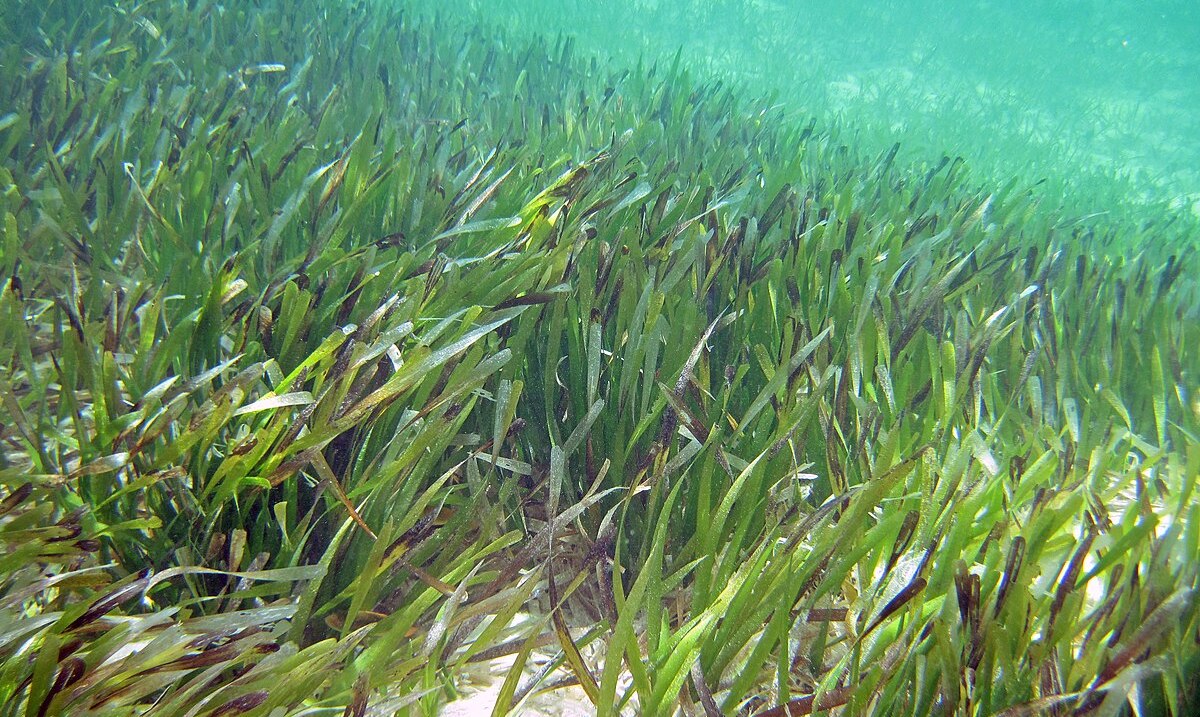
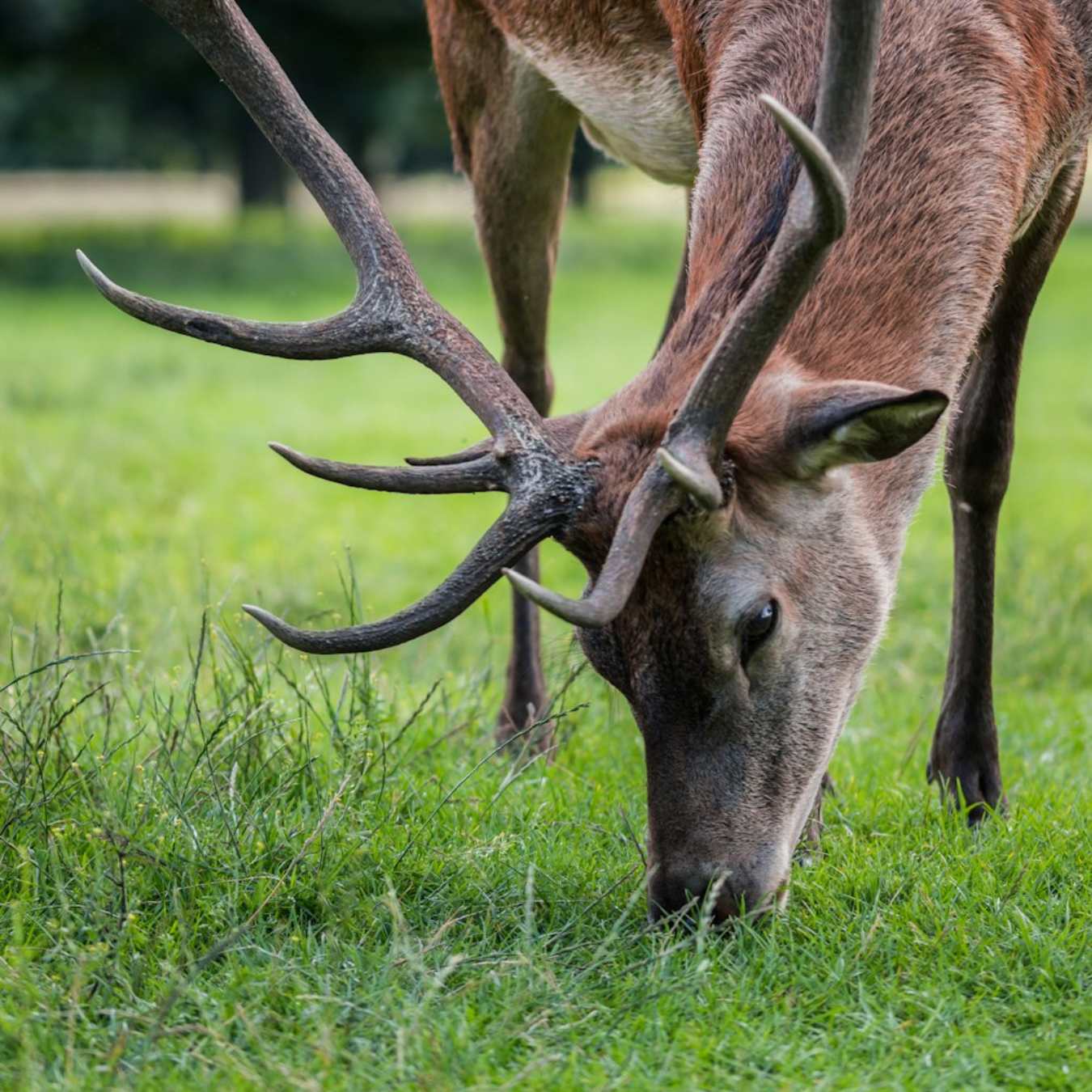
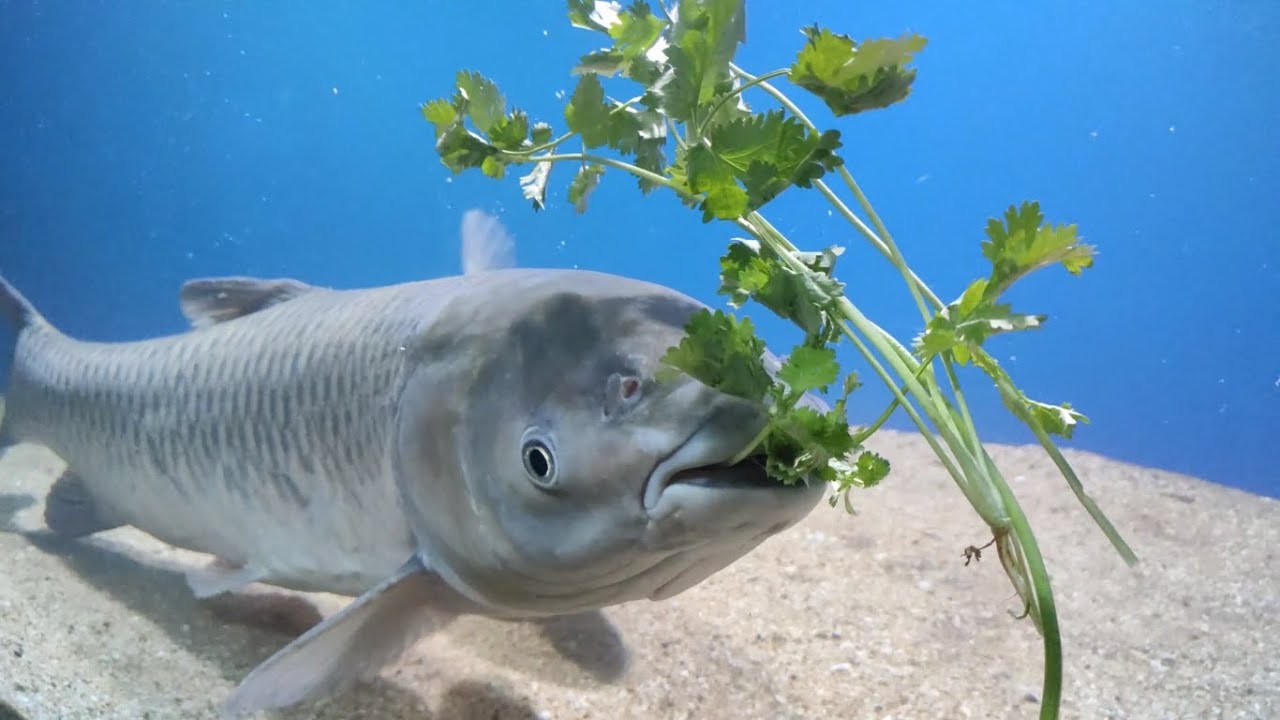
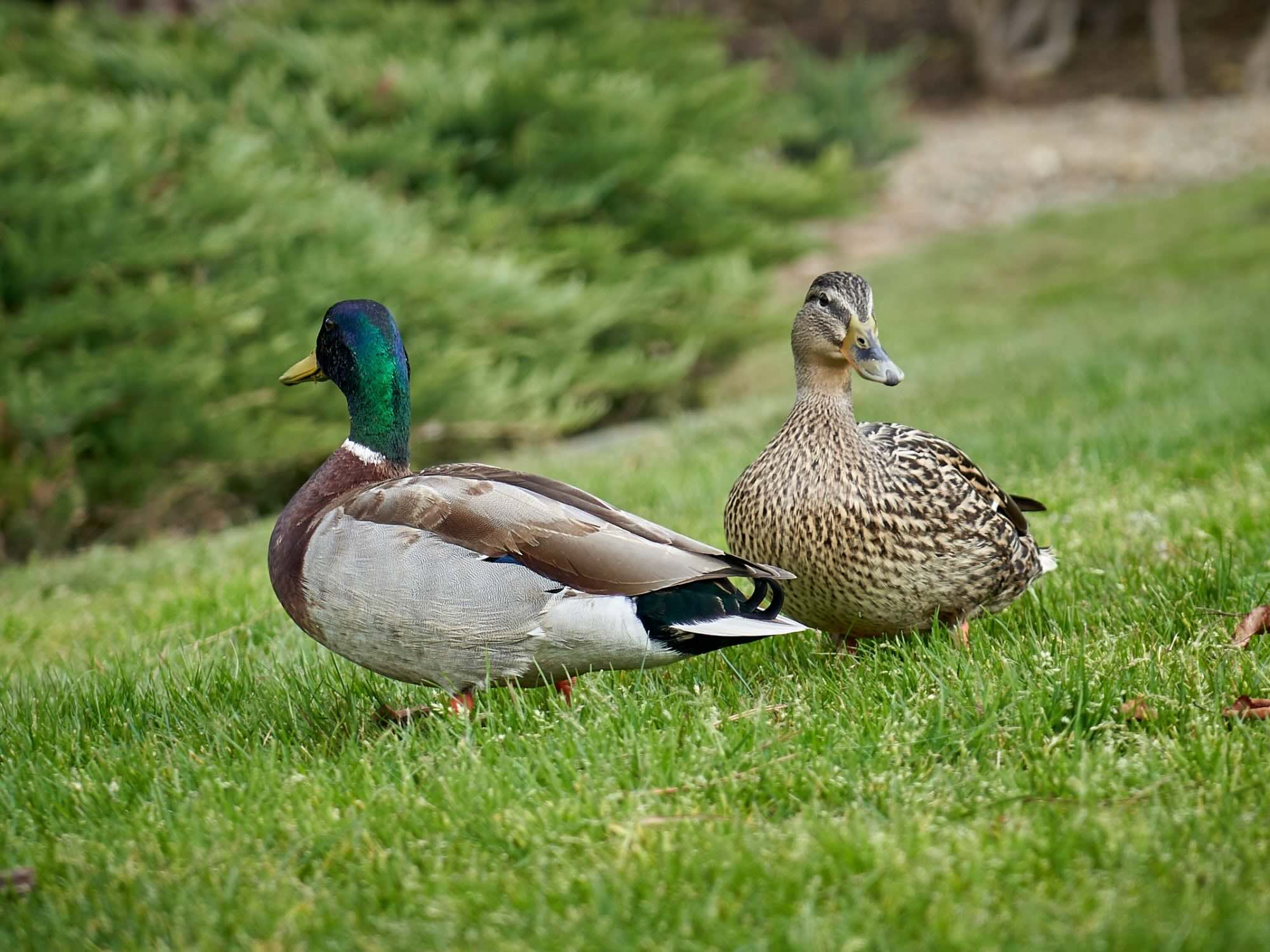
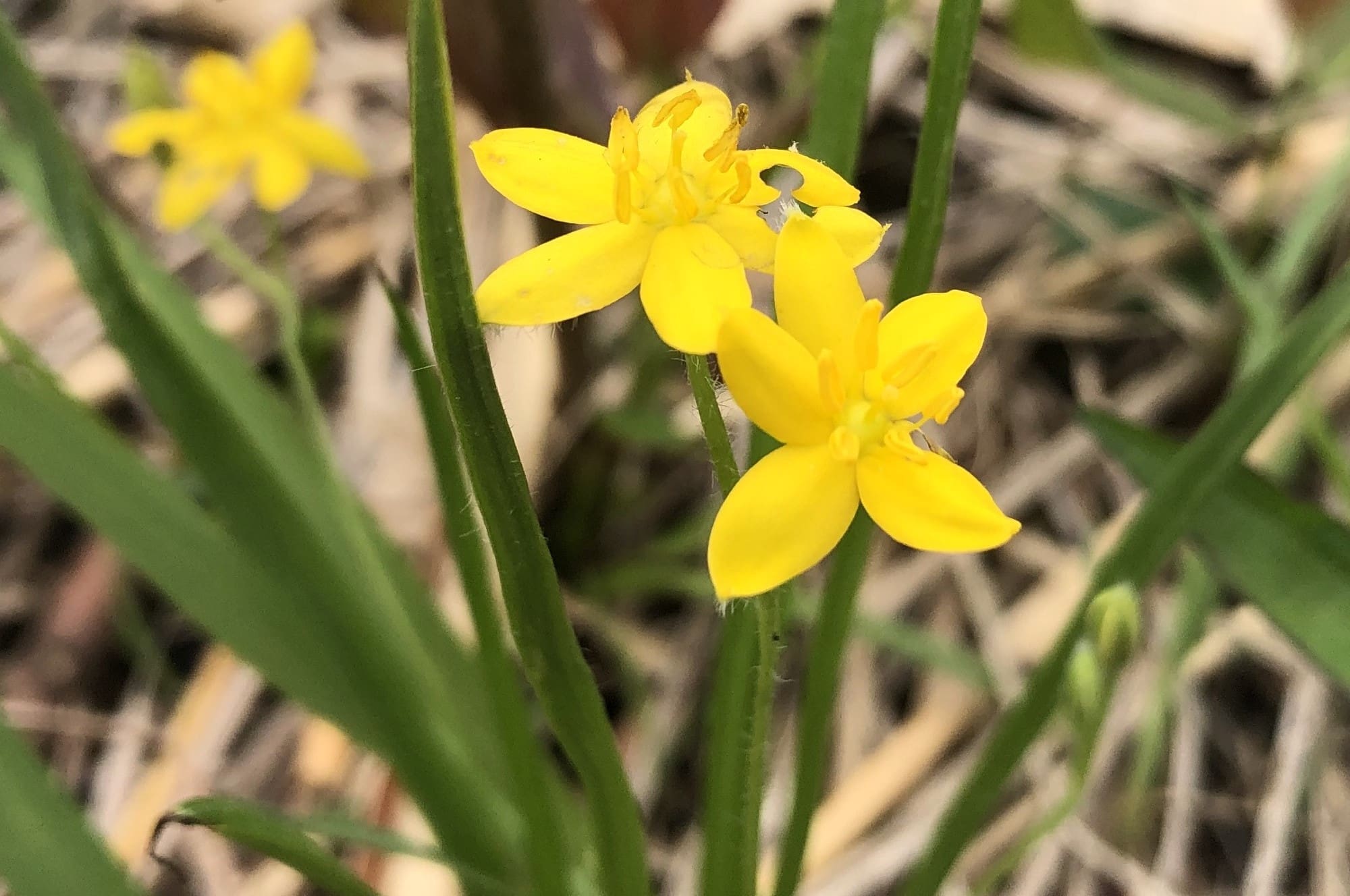
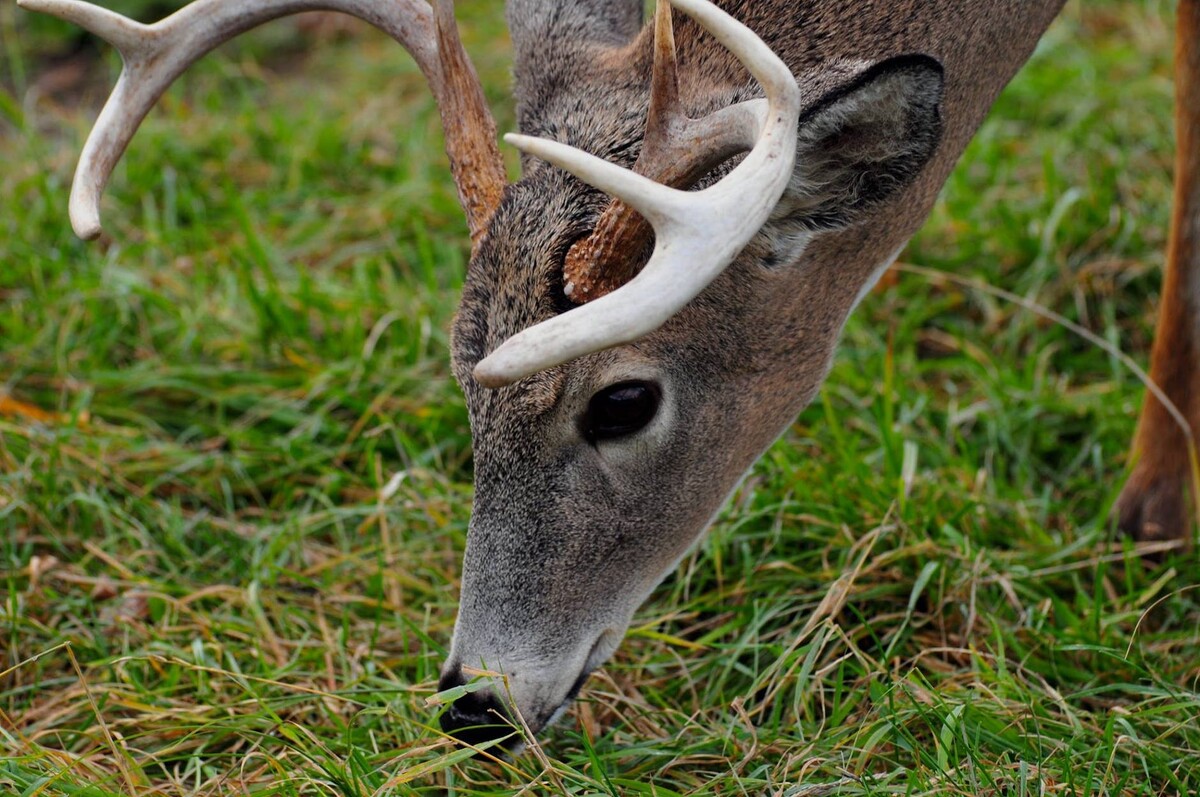
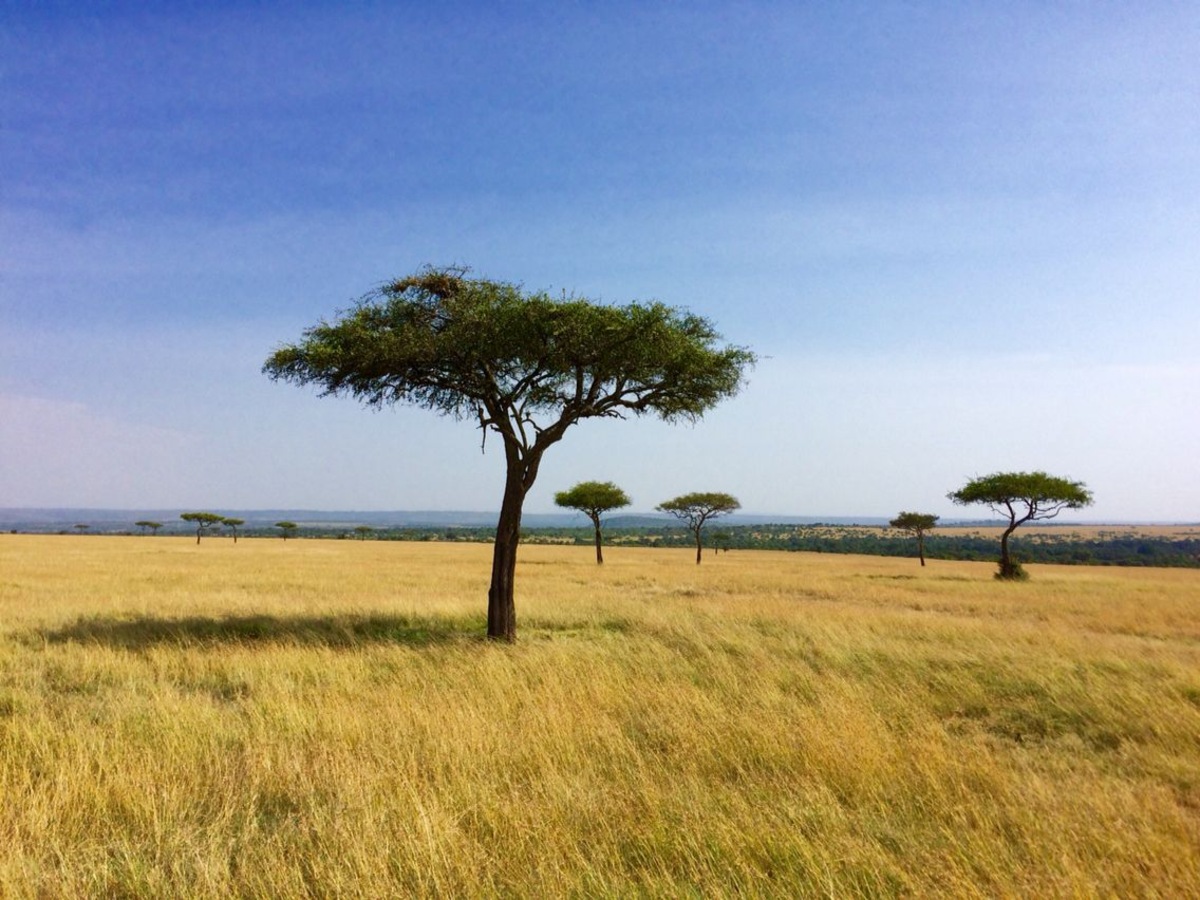
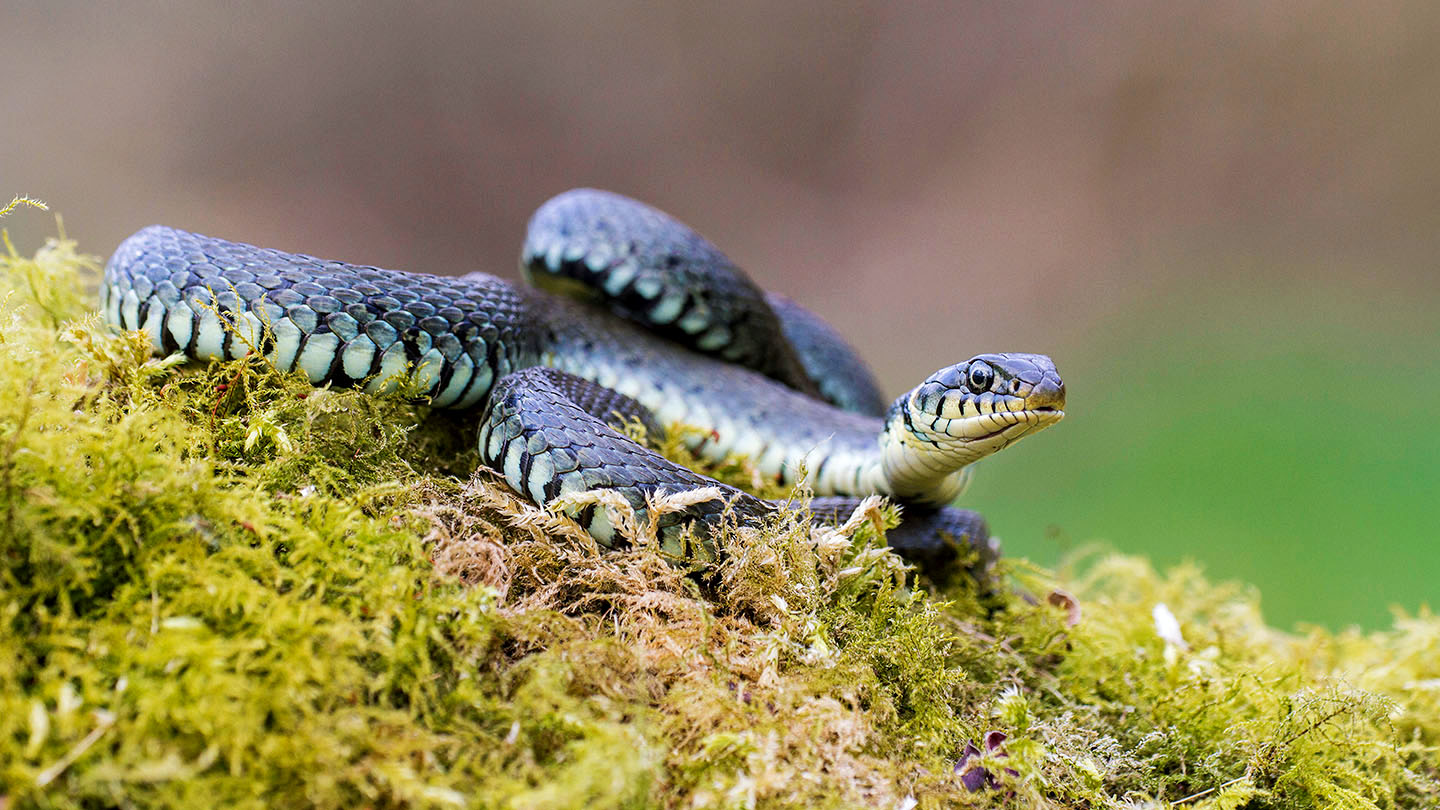
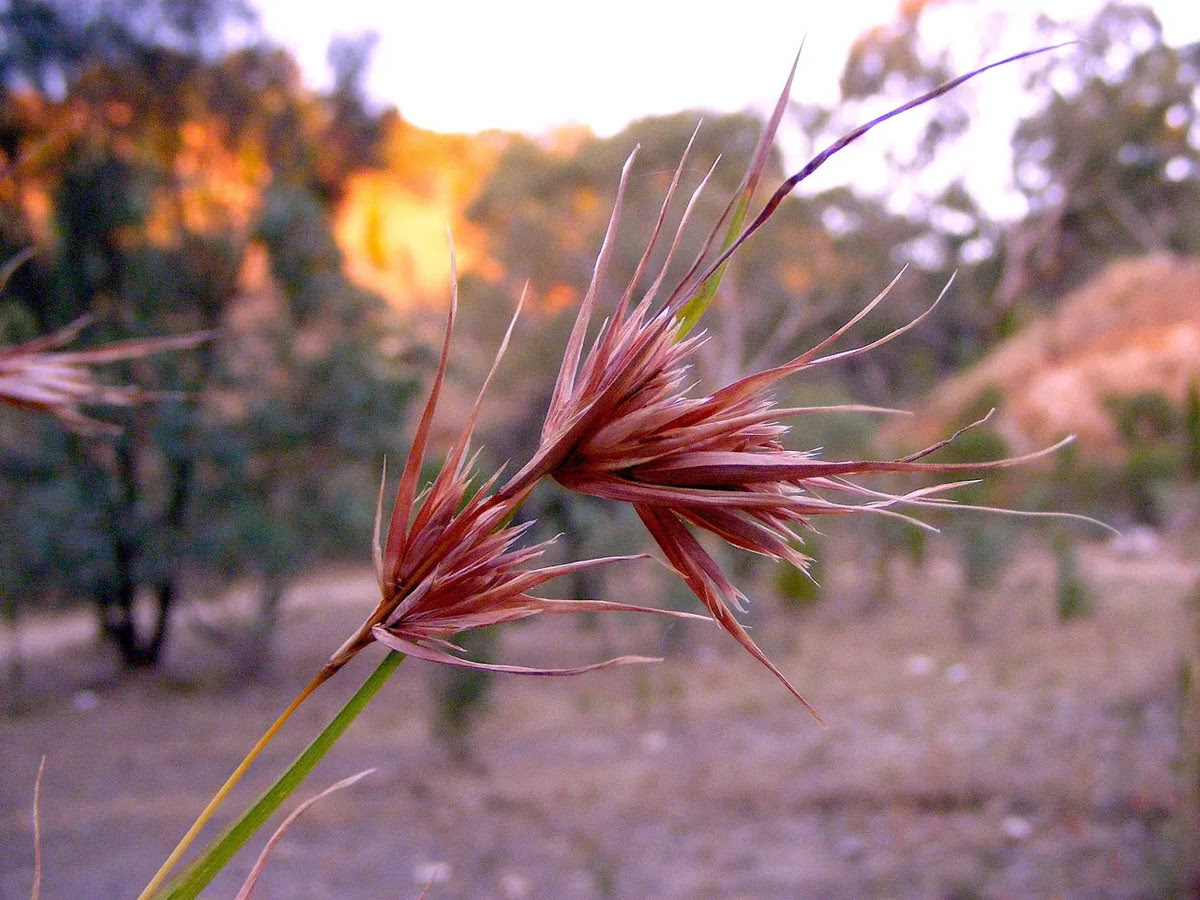


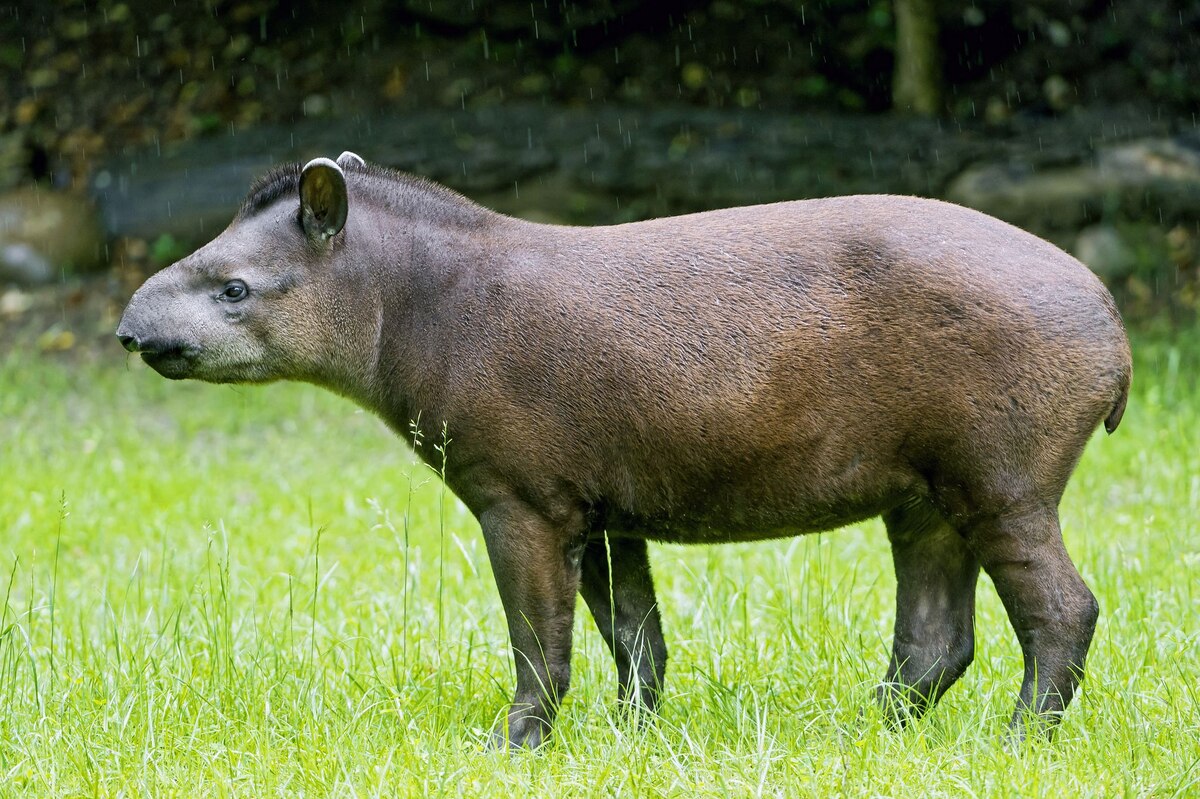
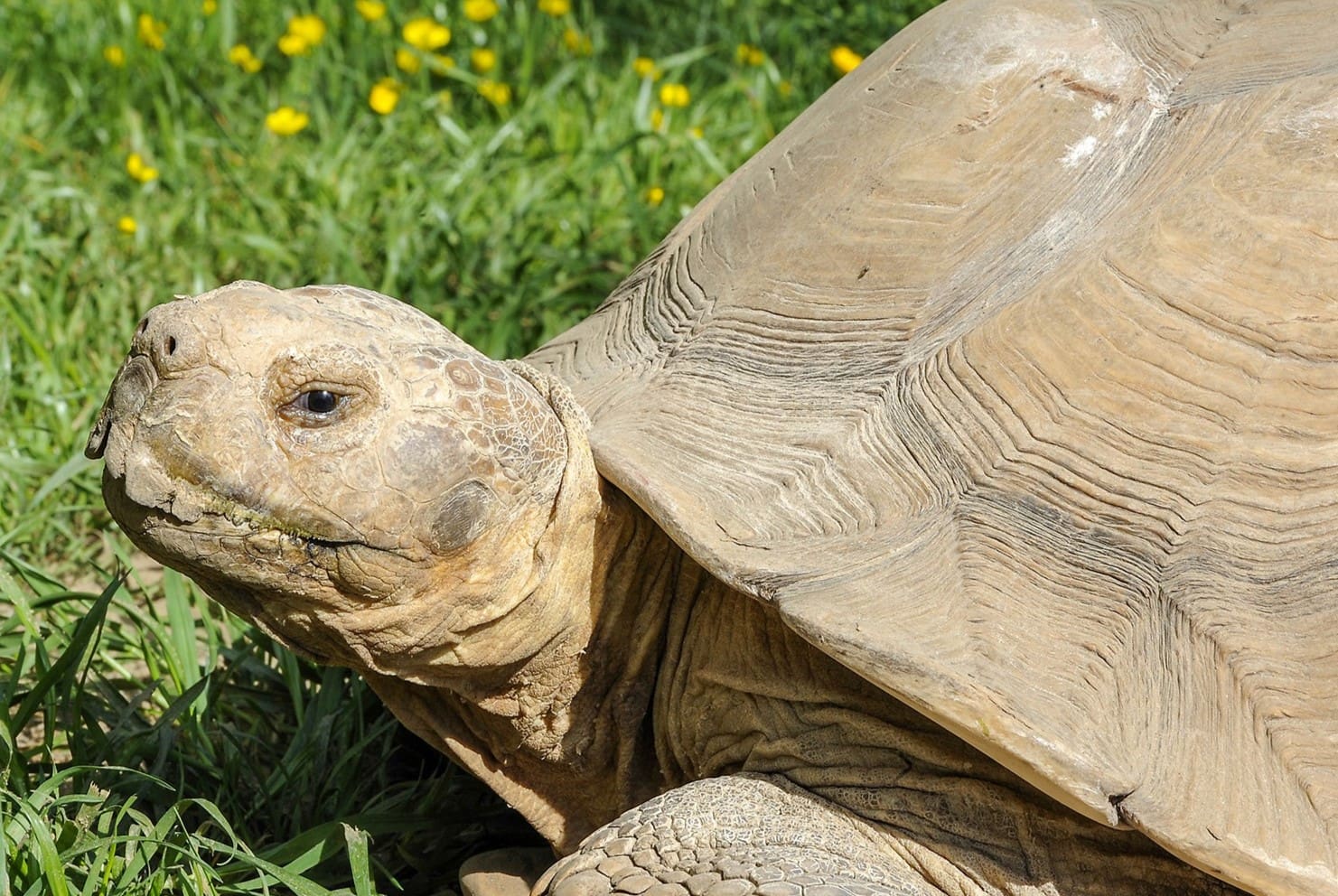

0 thoughts on “What Animals Eat Grass”